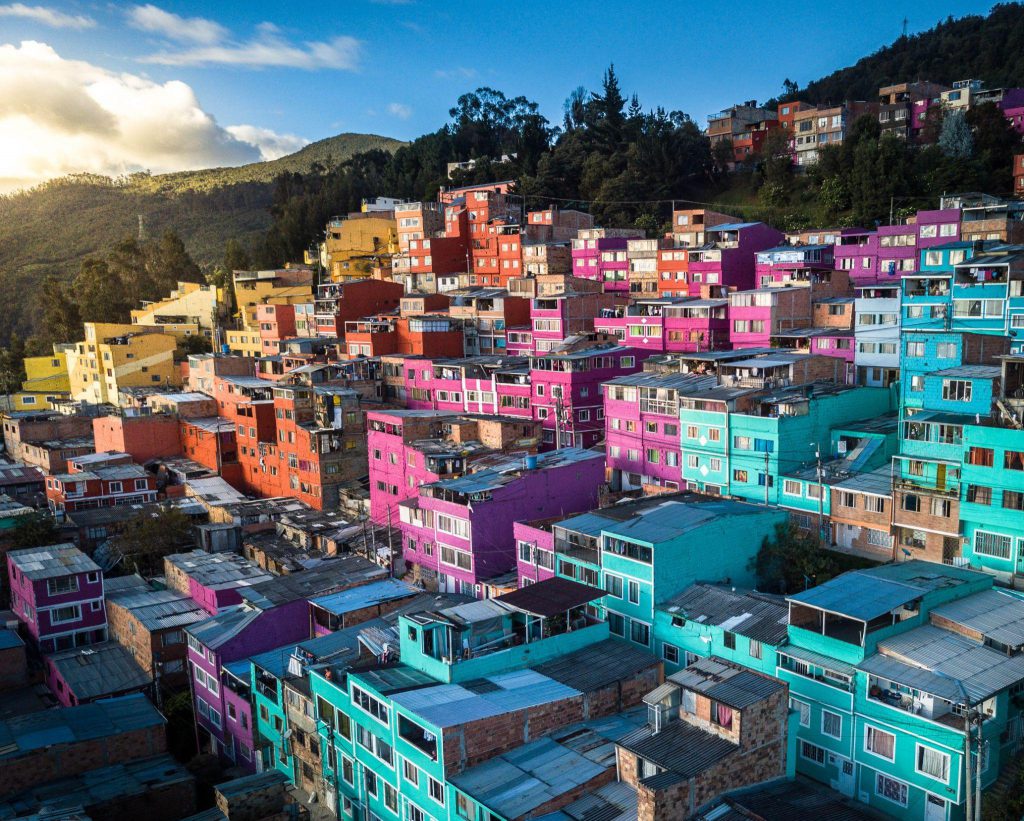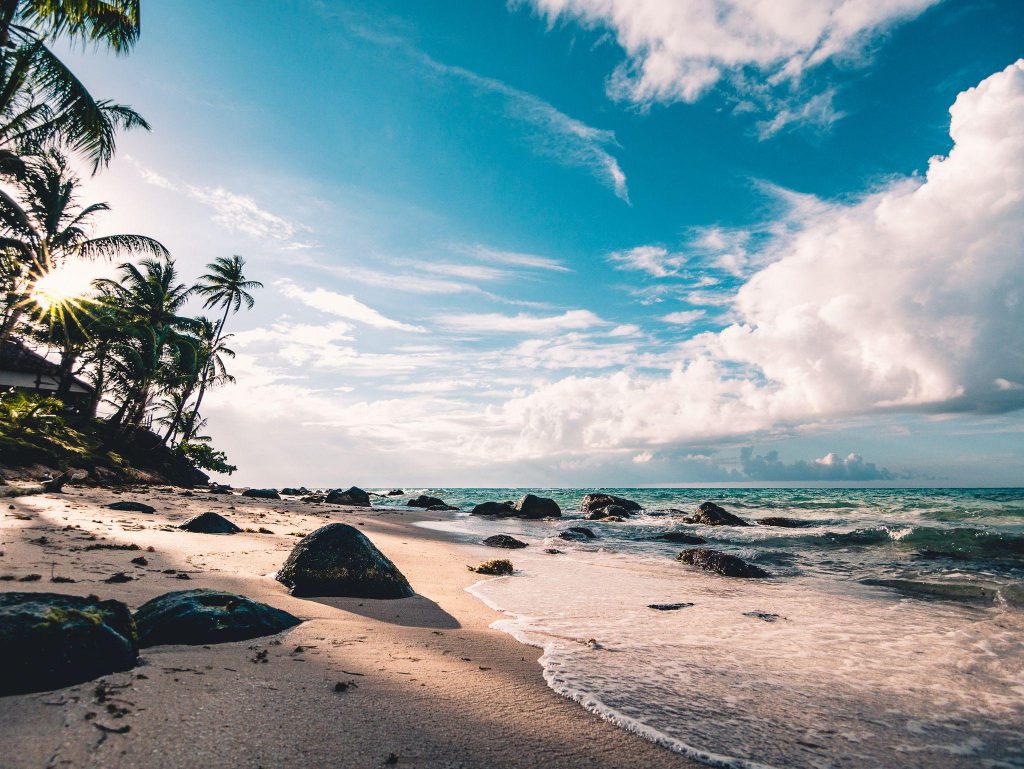Travel Adventure to Colombia
1.Cartagena

Cartagena is Colombia’s Caribbean coast’s crown jewel and one of the best-preserved colonial destinations in the Americas.
Perhaps it’s the 13 kilometres of centuries-old walls, or the vibrant colonial architecture, many of which have been lovingly renovated and are now restaurants and luxury hotels. Maybe it’s the bougainvillea-draped balconies that line the winding lanes, or the lofty Catholic churches that rise over every plaza. Visitors can’t help but fall for this Caribbean charmer, whatever it is.
Getsemani, a laid-back neighbourhood beyond the old city centre, and Bocagrande, a newer section of town where affluent condos and hotels compete for prime coastal real estate, are both located along the seashore. Islands and beaches are less than an hour distant by boat, providing great retreats and day outings.
- Medellin

Although Bogotá is the capital of Colombia, many prefer to visit Medellin since it is a smaller and more manageable city. In the early 1990s, Medellin was named the world’s most dangerous city, but now, a quarter-century later, it is known for something quite different: creativity.
Cable cars connect the city’s hilltop villages to a modern metro system in the valley below, as well as a greenbelt of lush “eco parks” and striking libraries and community centres in some of the city’s poorest areas.
A fantastic day of sightseeing in Medellin may begin at Botero Plaza in the Old Quarter, where you’ll find a collection of 23 imposing sculptures donated by Colombian artist Fernando Botero. The must-see Museum of Antioquia and the magnificent Rafael Uribe Uribe Palace of Culture are both located near the plaza. Then, take the elegant escalator system through Comuna 13 to discover this neighborhood’s colourful residences and beautiful street murals in the hills above town.
Finish your day in El Poblado, Medellin’s trendiest neighbourhood, which is home to busy eateries, boutique boutiques, and the majority of the city’s hotels.
3. Eje Cafetero

Colombia, the world’s third-largest producer of coffee beans, is an excellent destination for tastings and tours. The main majority of production takes place between the small cities of Armenia, Pereira, and Manizales in the subtropical Andean hills west of Bogota. The Eje Cafetero (or Coffee Axis) is home to a rising number of coffee estates that have recently opened their operations to the public for tours, tastings, and luxurious farm stays.
These modest (and frequently organic) farms are the type of site where the farmer-owner will spend an hour out of his day to explain how a simple “cherry” becomes a coffee bean that will be roasted and ground into a latte back home.
With various agricultural excursions nearby and much to do, the small resort town of Salento is certainly the most appealing area to establish oneself. You’ll also have easy access to places like Cocora Valley, which is home to the world’s tallest palm trees. You can rent bicycles from Salento to explore the region on your own time, or take a ride in one of the town’s de facto taxis, the old Willy jeeps.
4. Leticia

When you think of the Amazon, Colombia may not be the first country that comes to mind – which is strange, because the country’s thick (and often impenetrable) jungles cover nearly a third of the country. The modest frontier town of Leticia, which sits along the banks of the enormous Amazon River, just where Colombia meets Brazil and Peru, is the capital of the immense Amazon Basin.
Leticia is an excellent location for eco-tourism, wildlife safaris, and Amazon walks to learn about the indigenous tribes who live in this region. The only way to get here is by plane from Bogotá, and then you can travel downstream to Manaus, Brazil, or upstream to Iquitos, Peru, by boat.
5. Tayrona National Natural Park

The Tayrona National Natural Park, which is noted for its palm-shaded coves and crystal-clear coastal lagoons, is home to some of Colombia’s best beaches. The Sierra Nevada de Santa Marta, whose rainforested highlands make for a terrific side trip on any beach holiday, is home to the majority of the beaches.
Tayrona’s protected regions around La Piscina beach and Cabo San Juan are also great for snorkelling. Because these isolated beaches aren’t really hidden, it’s advisable to visit during the low season (February to November) to avoid the crowds. Be prepared to sleep in a tent (or hammock) at one of the many coastal campgrounds unless you pay for the exclusive Ecohabs Tayrona.
6. Bogotá

The majority of travellers to Colombia will begin their journey in Bogotá, the country’s main metropolis and centre. It’s a city that frequently splits opinion, with some decrying its congested streets and gloomy weather while others adoring its unique blend of colonial elegance and modern sophistication. In any case, if people give it enough time, this eight-million-strong metropolis will grow on them.
Begin your touring in La Candelaria’s historic centre, where you’ll find the stunning buildings that line Plaza de Bolvar and must-see cultural sites like the dazzling Museum of Gold. Then, for some of the country’s best boutique boutiques and chef-driven eateries, head to North Bogotá’s wealthier neighbourhoods.
7. Providencia Island

Many first-time visitors are perplexed by this peculiar Caribbean island. To begin with, it is far closer to Nicaragua than it is to Colombia. Then there’s the fact that the locals speak an English Creole rather than Spanish. Of course, none of that matters when you’re soaking in the sun on one of Colombia’s most beautiful beaches.
The jewel of the UNESCO-protected Seaflower Biosphere Reserve, this secluded island is little more than a dollop of golden beaches and cheery palms, with some of the world’s richest marine species just waiting to be explored.
To get to Providencia, you’ll need to fly to San Andrés Island and then take a brief hopper plane or three-hour catamaran voyage. In the small village of Aguadulce on the island’s magnificent west coast, you’ll discover the largest collection of villas and hotels.








